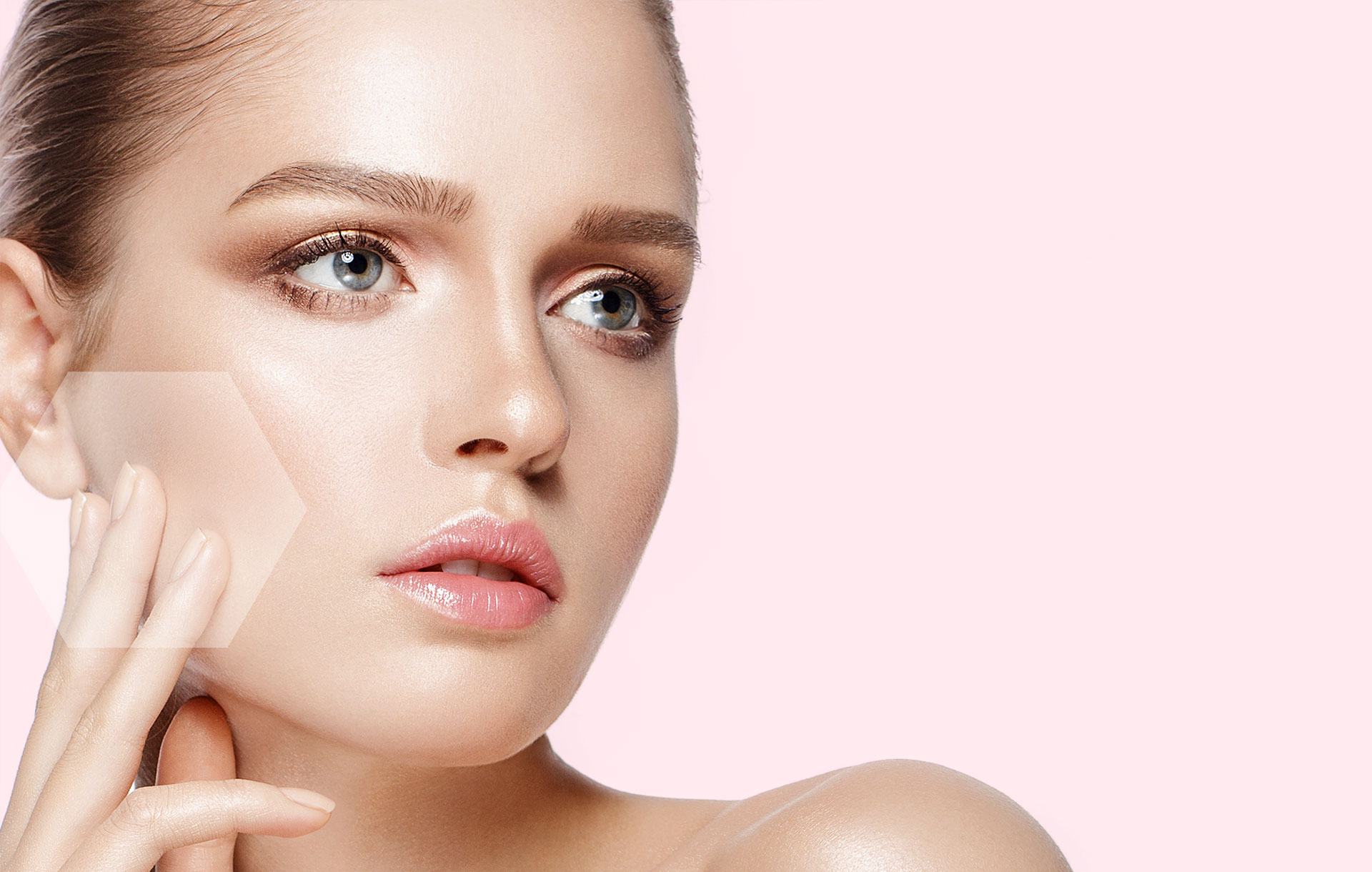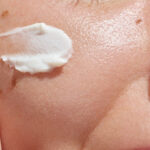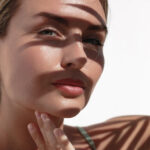Five skin conditions that may present as acne
Acne is one of the most common skin conditions that estheticians treat in their practice. From hormonal teen acne to persistent and stubborn adult acne, to painful and inflamed cystic acne, there are many different presentations and causes for this unsightly skin condition. However, many clients and estheticians alike have spent countless hours and money treating what they thought was acne, when really it was something else. Training yourself to recognize these “acne imposters” is vital to the success and efficacy of your treatments. At the end of the day, your clients are coming to you for clear skin. Become a true acne expert by realizing when what your client has is actually not acne, but rather something else.
1. Keratosis Pilaris
Keratosis pilaris is a skin condition commonly seen on the upper arms, buttocks, thighs and sometimes on the back. The skin cells that normally flake off as a fine dust from the skin form plugs in the hair follicles. These appear as small pimples that have a dry ”sandpaper” feeling. They are usually white but sometimes can be red. They usually don’t itch or hurt.
This condition develops when the skin produces too much keratin , which blocks hair follicles and causes bumps to develop. Keratosis Pilaris is very common and many of our clients suffer from this condition on the backs of their arms. The condition isn’t often serious and usually disappears by age 30.
A good scrub and exfoliant serum or lotion with glycolic, mandelic and /or vitamin a proprionate can be beneficial for clients with Keratosis PIlaris on their body.
2. Rosacea fulminans
Rosacea fulminans, also known as facial pyoderma, is a rare condition, considered as an exacerbated form of rosacea. It occurs mostly in women ageds 15-46. It can also occur in men and children.
The cuase is unknown. However, it is believed that hormones contribute to the development of the lesions since the condition is much more common in females and, in some cases, has been associated with pregnancy. It is rarely associated with other diseases, such as inflammatory bowel disease, thyroid disease, and liver disease. Treatment options include corticosteroids, isotretinoin, dapsone, and antibiotics.
This is typically seen in women who have never had acne before. They suddenly have a horrible breakout mostly down the middle of the forehead, cheeks and chin. It is almost always preceded by severe emotional trauma and by a period of extreme oiliness. These women have a specific enzyme deficiency which can suppress the adrenal gland. Instead of hydrocortisone, the gland dumps out excessive testosterone instead. Send this client to the doctor to get a blood test and treated for this hormonal imbalance.
3. Pityrosporum Folliculitis
Pityrosporum folliculitis, also known as Malassezia folliculitis, is a condition that presents as breakouts on the skin. It may be considered common and underrecognized. It occurs when a specific genus of yeast called Malassezia, which naturally occurs on your skin, infects the hair follicles.
Sometimes people with this condition think they have recurring acne and try to treat it as they would for regular acne. This makes it easy to miss or misdiagnose.
However, an easy way to tell the difference between the two conditions is to compare the symptoms. Pityrosporum folliculitis lacks comedones, which are the whiteheads and blackheads that are common characteristics of acne. It can also be a very itchy condition, while acne is not.
People who have pityrosporum folliculitis are sometimes more likely to have other conditions like dandruff, which is also known as seborrheic dermatitis. Both conditions are linked to the Malassezia yeast.
These two conditions are essentially treated the same as well, with antifungals and often a shampoo, such as ketoconazole two percent shampoo.
This is a very common fungal (or sometimes bacterial) condition of the skin. It can look just like acne, but does not respond to typical acne products like salicylic or benzoyl peroxide. The main clue is in extracting it – it extracts, but has no “core” like acne has. Another clue is to ask them if the bumps “come and go.” If yes, then it’s probably folliculitis, because acne doesn’t typically do this. An effective ingredient for this is a mandelic cleanser and/or serum or a ketoconazole shampoo, both of which have antifungal properties.
4. Steatocystoma Multiplex
Steatocystoma multiplex is a skin disorder characterized by the development of multiple noncancerous (benign) cysts known as steatocystomas. These growths begin in the skin’s sebaceous glands, which normally produce an oily substance called sebum that lubricates the skin and hair. Steatocystomas are filled with sebum.
In affected individuals, steatocystomas typically first appear during adolescence and are found most often on the torso, neck, upper arms, and upper legs. These cysts are usually the only sign of the condition. However, some affected individuals also have mild abnormalities involving the teeth or the fingernails and toenails.
This is caused by excessive oil being secreted in the pores; whereas, acne is caused by too many dead skin cells being shed inside the pore. These lesions also do not have a “core” like acne does. It will sometimes extract a gelantious fluid, but there’s no need to extract this as it will just come right back. There is no known treatment or cure at this point.”
5. Staph Infection
Staph on the face or the body can look much like acne but it’s much more severe. If you suspect that someone has a staph infection, direct them to go to a physician immediately to be tested and treated. Do NOT try any extractions on this client. Sterilize anything that comes into contact with this condition because you can contact staph yourself or transmit it to another person.
Staph infections are commonly mistaken for acne because the first symptoms of Staph include the outbreak of red, swollen lesions that may look like acne pimples.
How can you tell the difference between a harmless outbreak of acne and a dangerous Staph infection like MRSA? While the most effective way to determine if you have MRSA is to get a culture of the affected skin at the hospital or your doctor’s office, you can look for certain hints and signs to determine if it’s acne or MRSA.
Here are way you can tell MRSA apart from regular acne:
In a large outbreak, MRSA pimples more closely resemble boils than acne pimples.
MRSA pimples will not respond to standard acne treatments like benzoyl peroxide or salicylic acid.
• Acne tends to crop up in the same few places on the body — face, back, chest, shoulders — whereas MRSA pimples can appear anywhere on the body and may involve just a single lesion.
• MRSA pimples are more closely situated around cuts/breaks in the skin.
• MRSA pimples are usually more painful than acne pimples.
• MRSA pimples are often surrounded by areas of inflammation, redness, and warmth.
• The outbreak of MRSA pimples is often accompanied by a fever.













